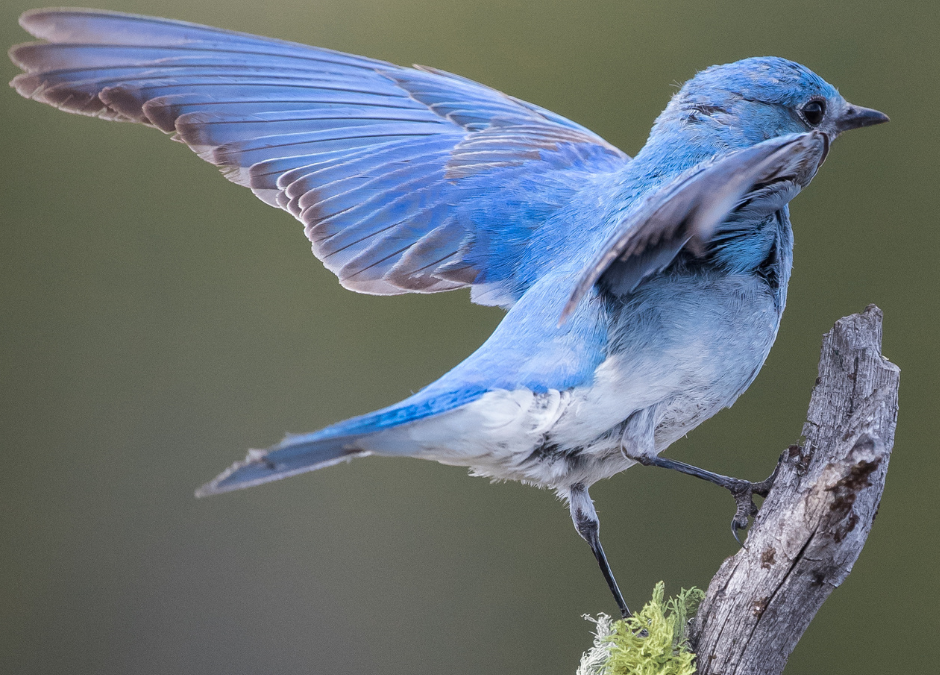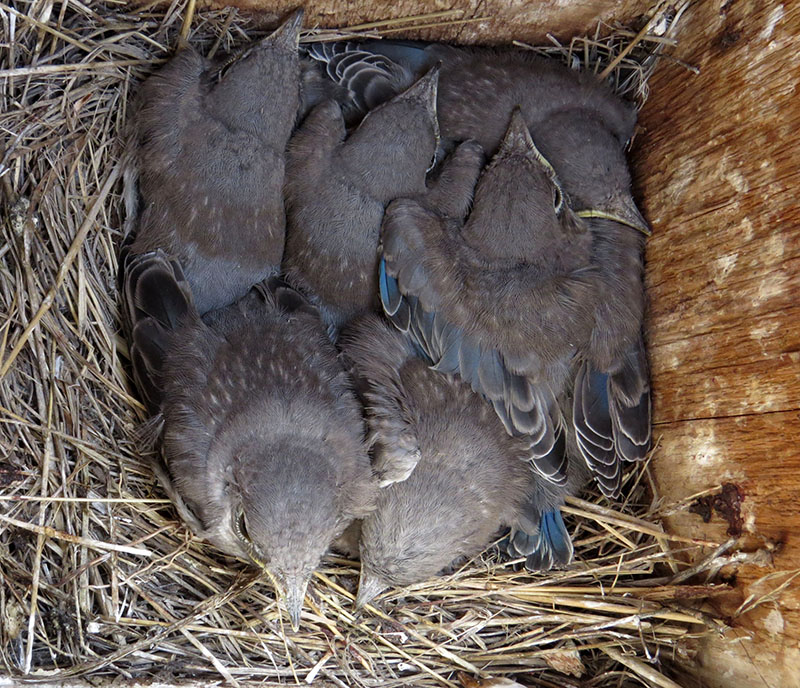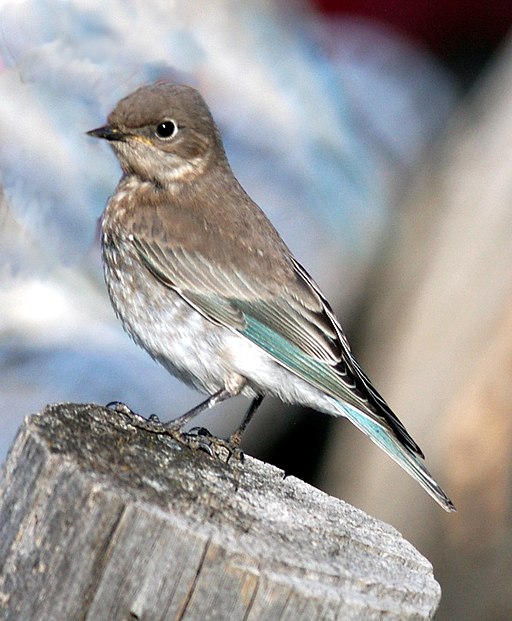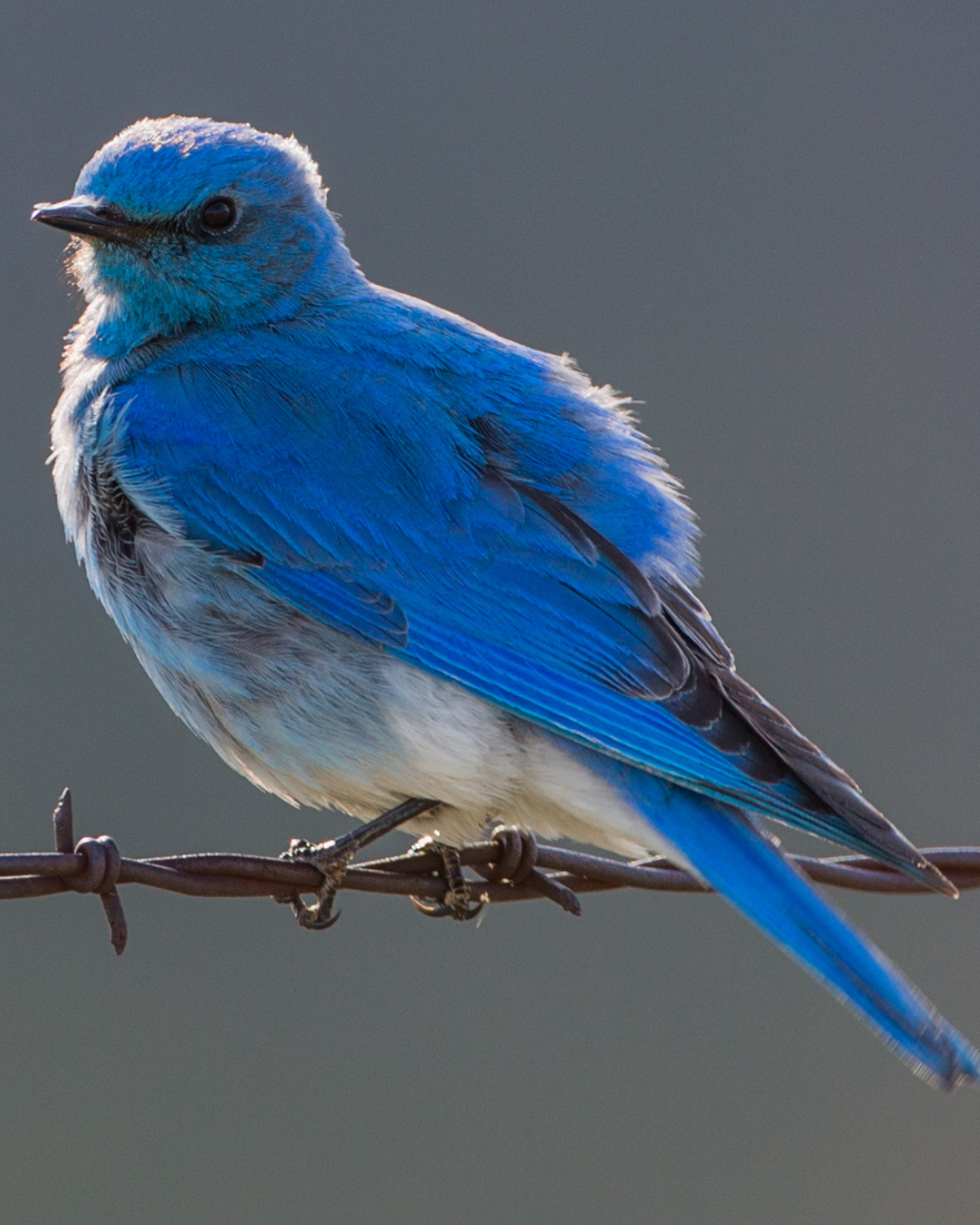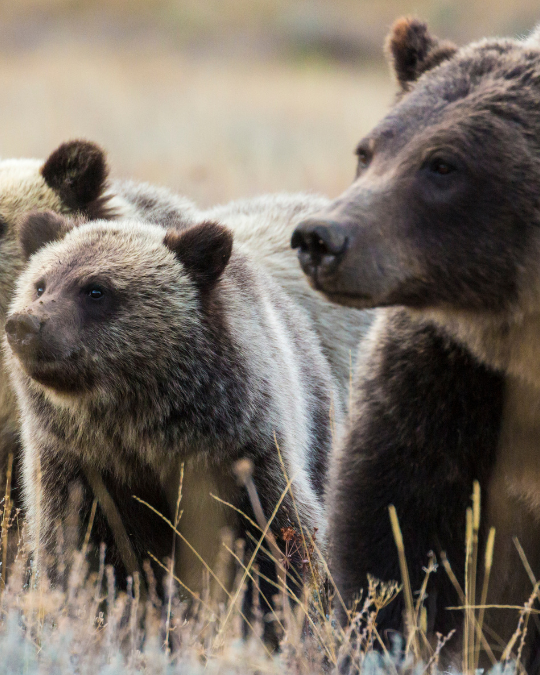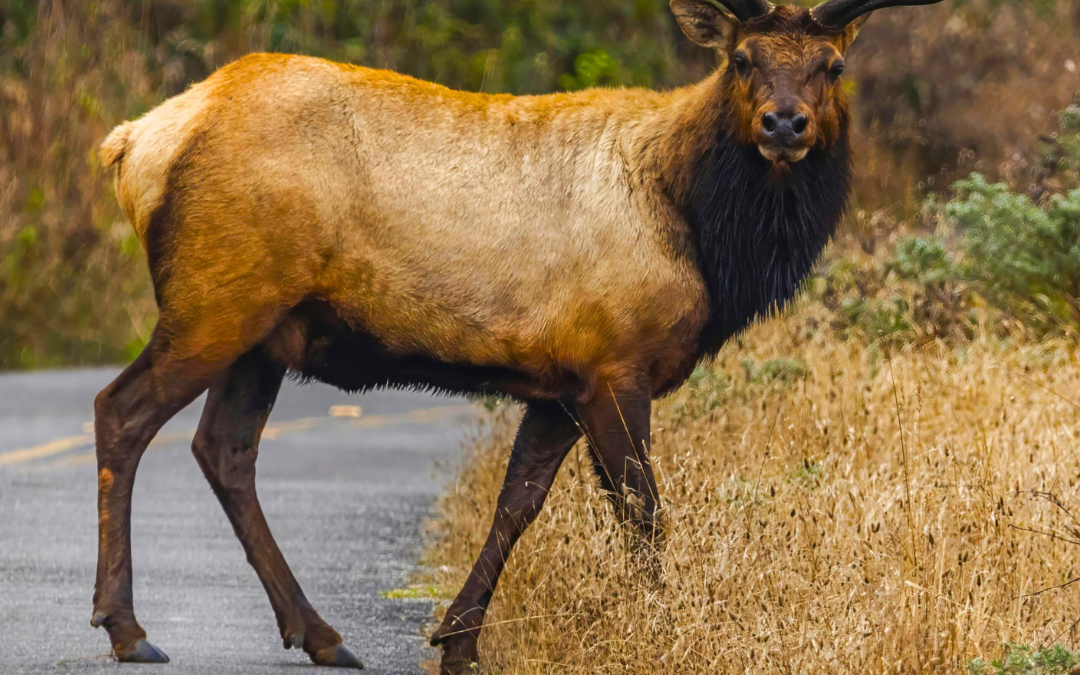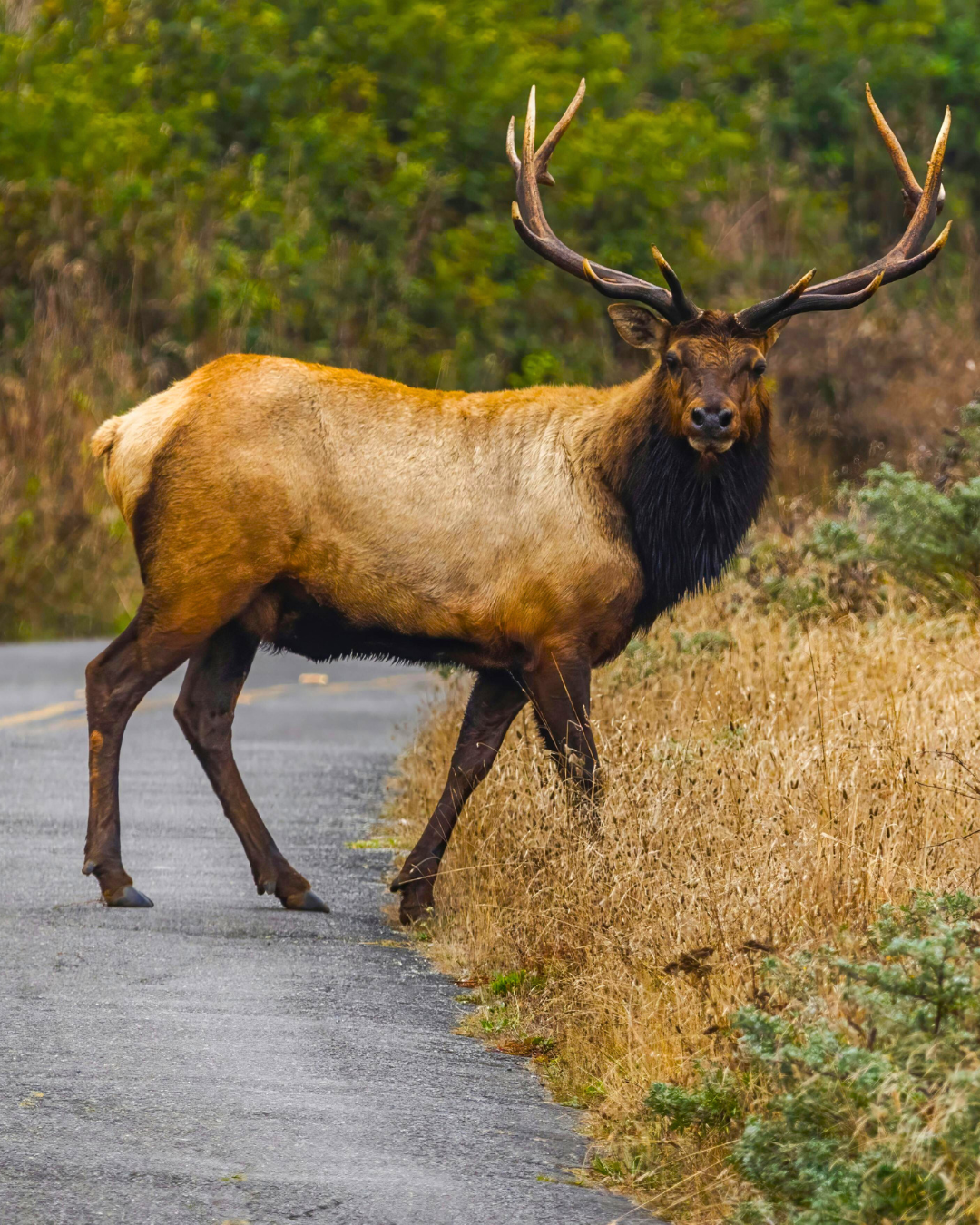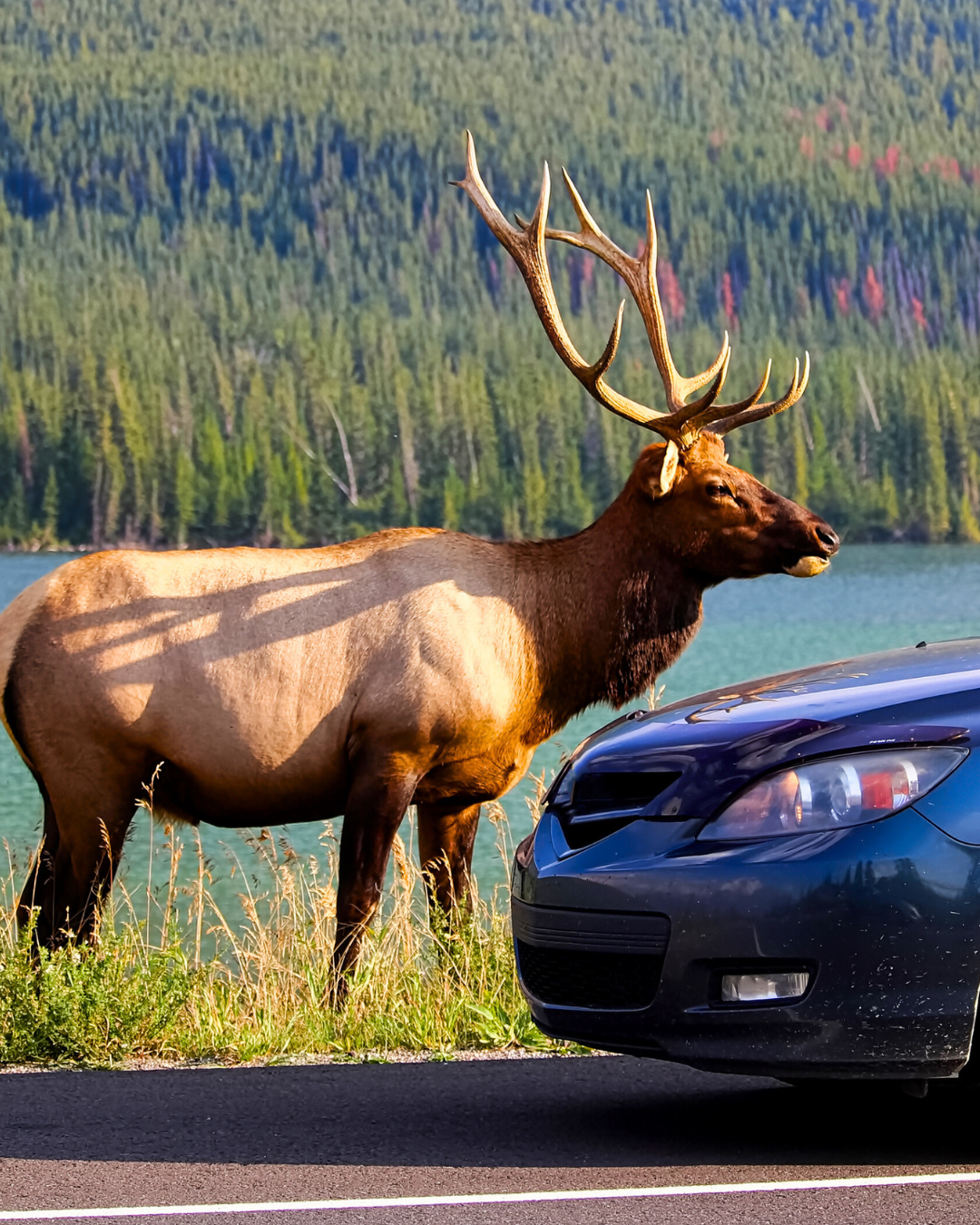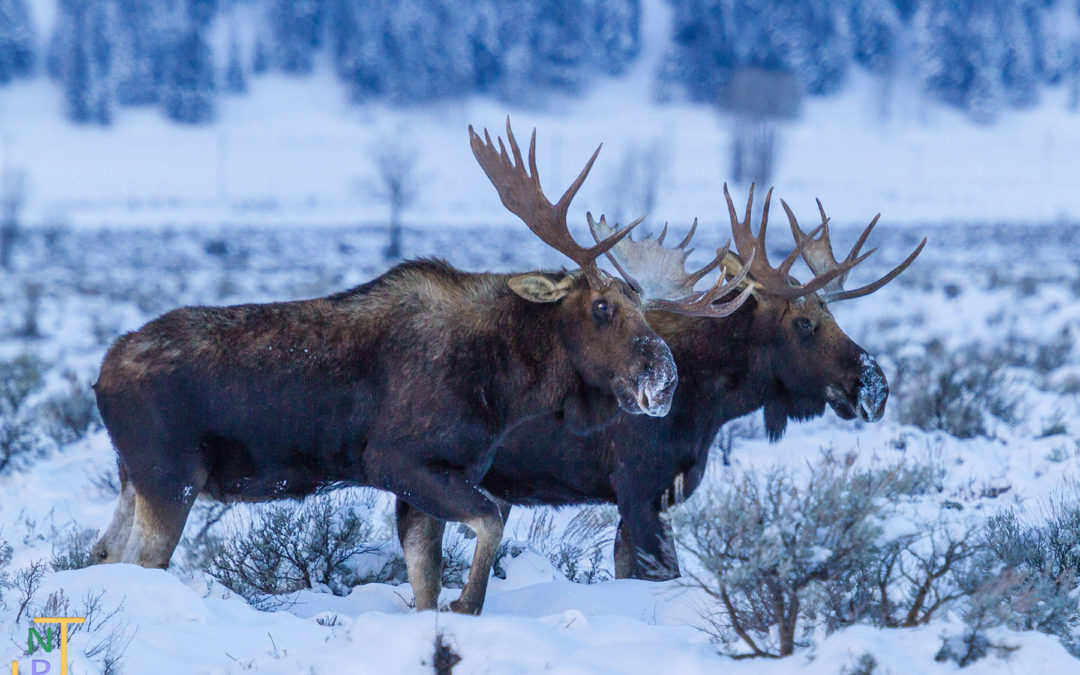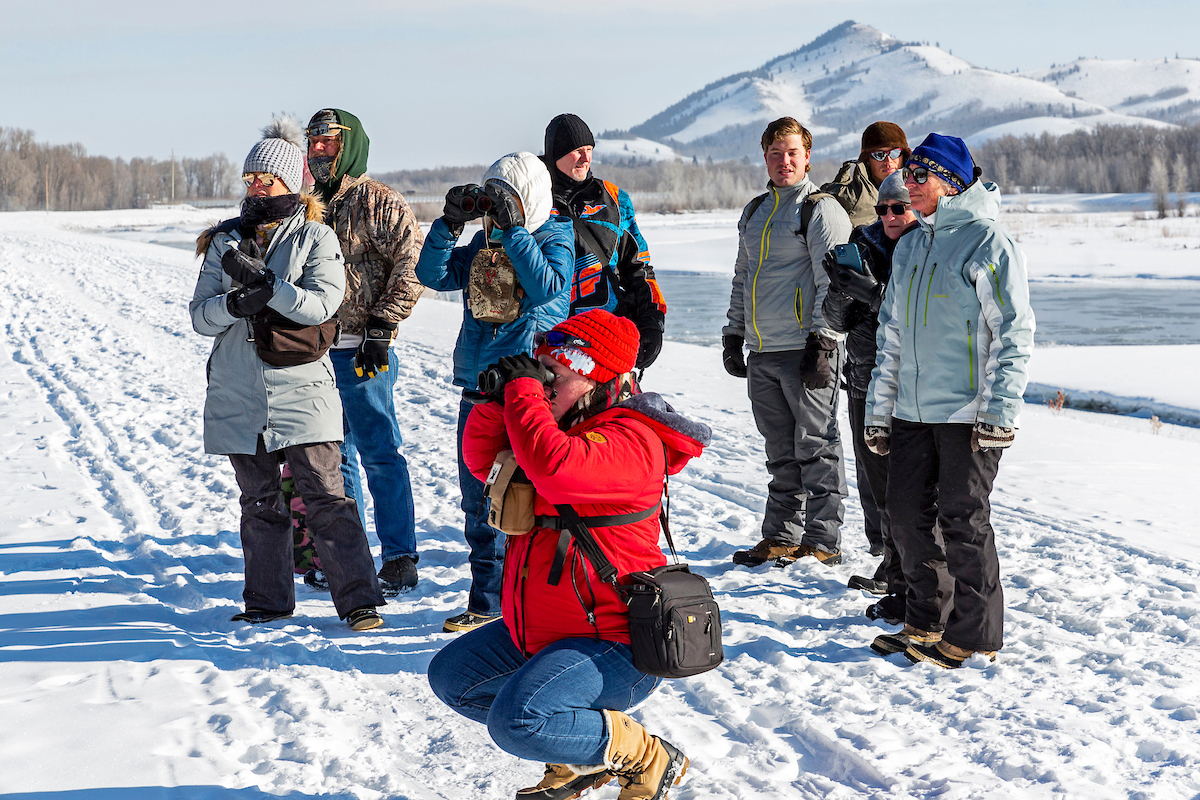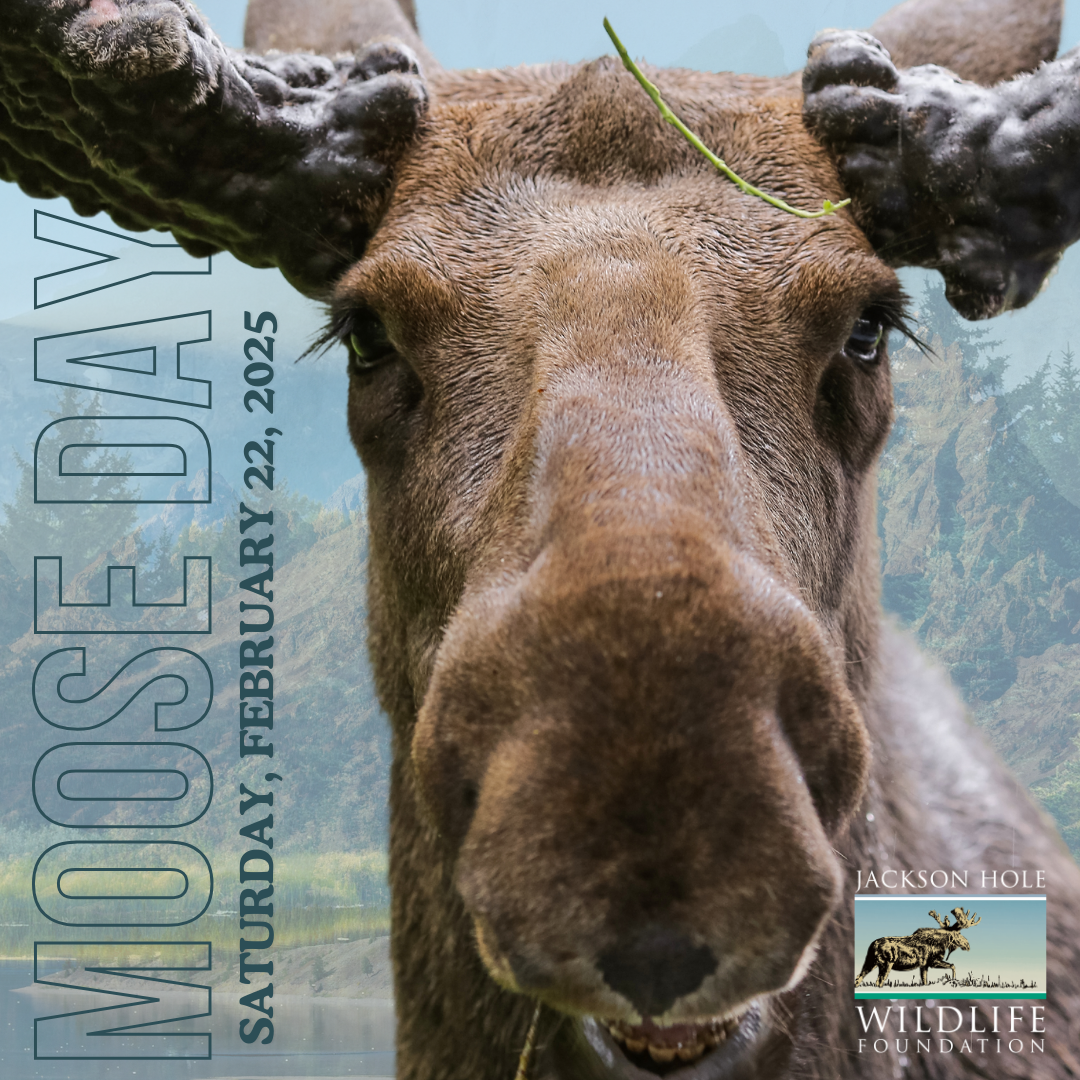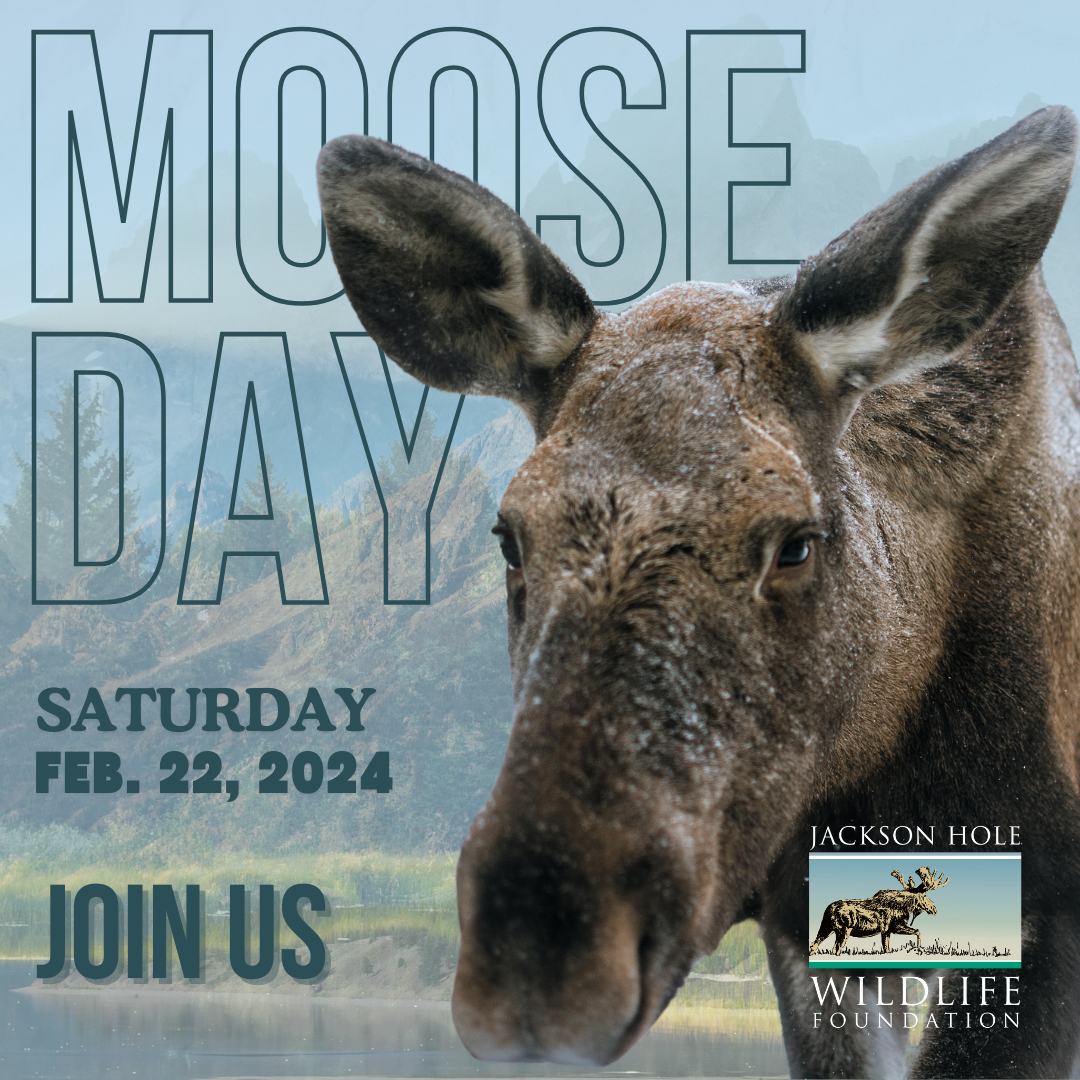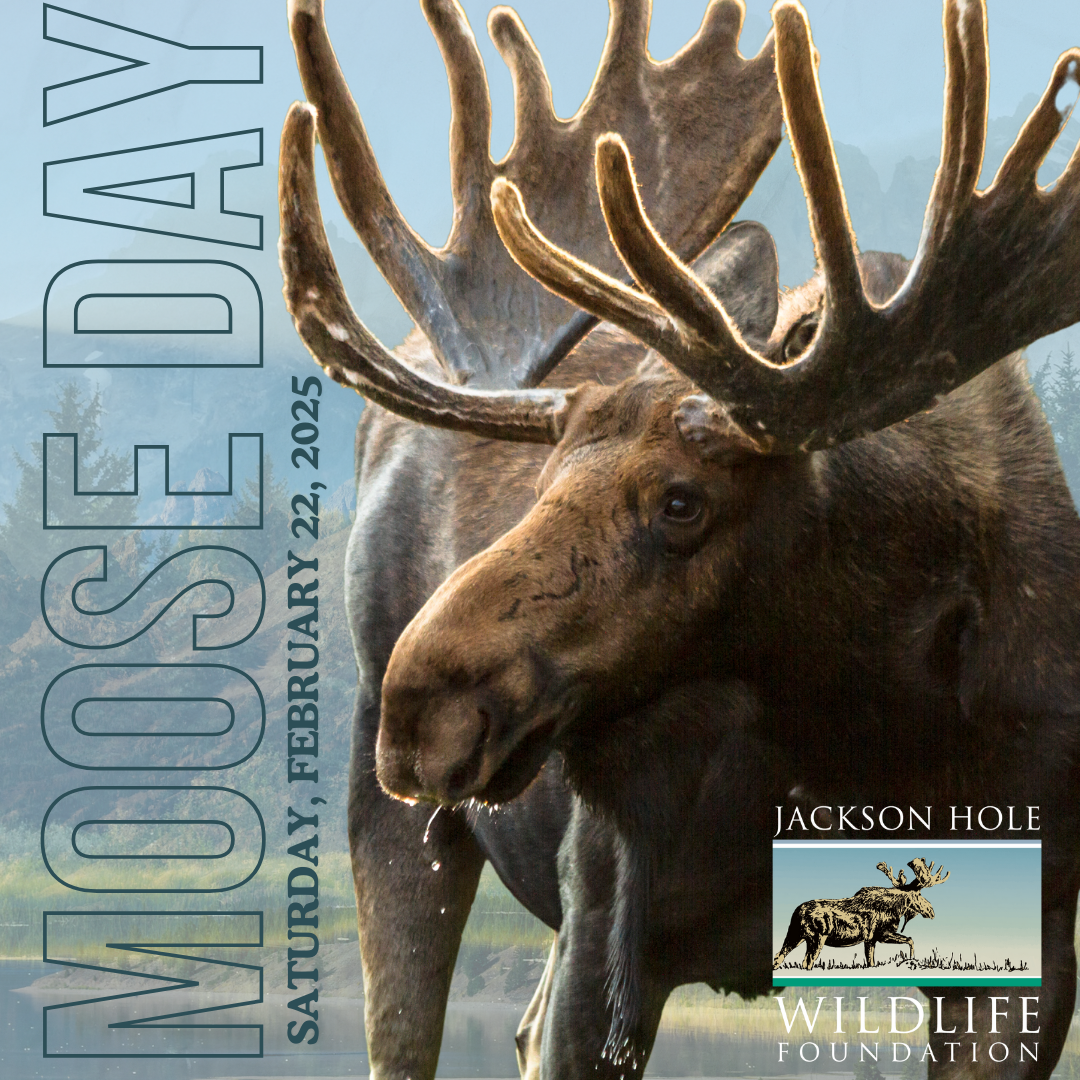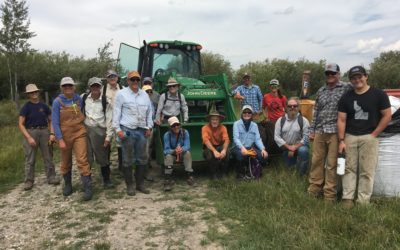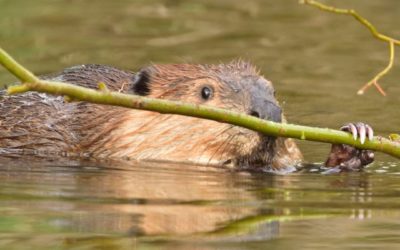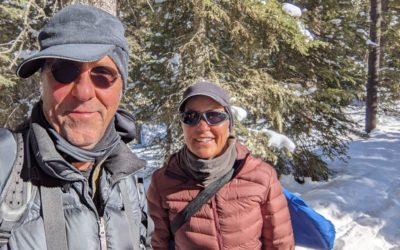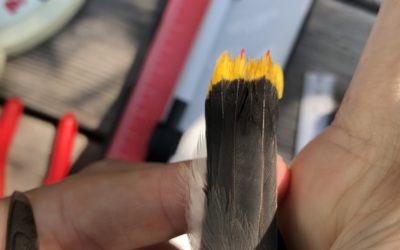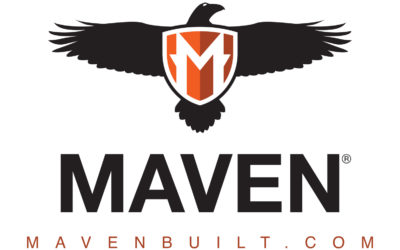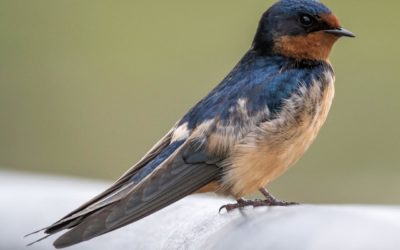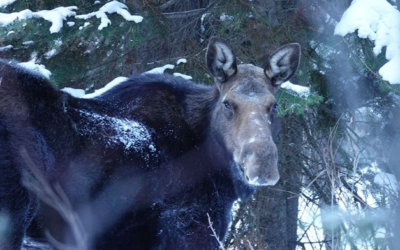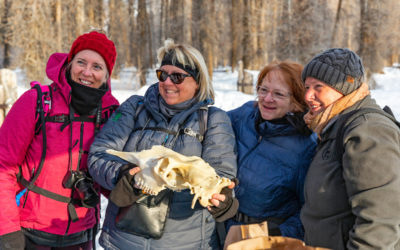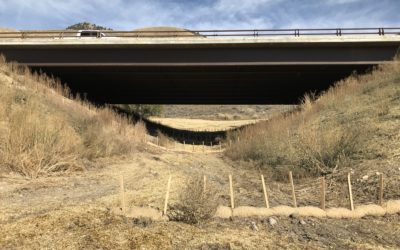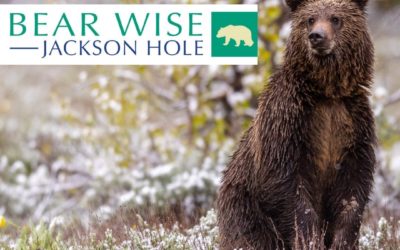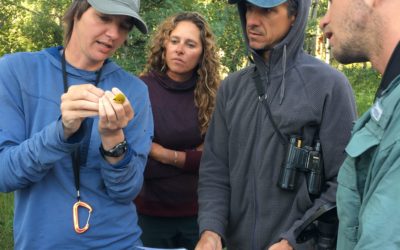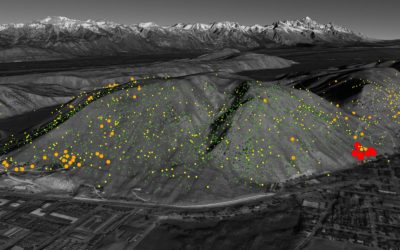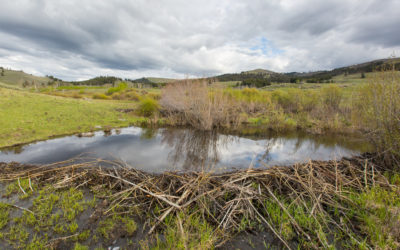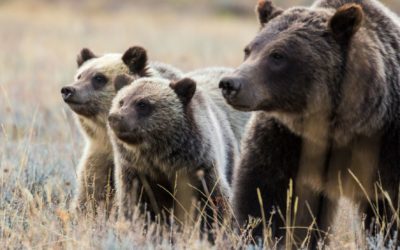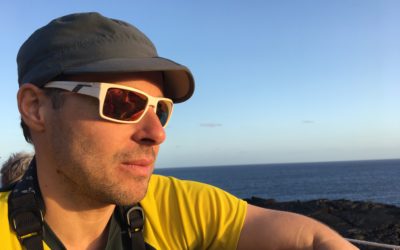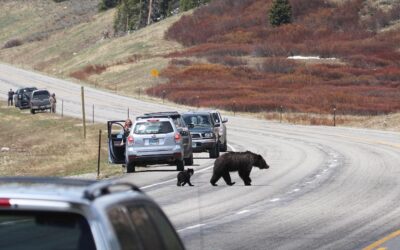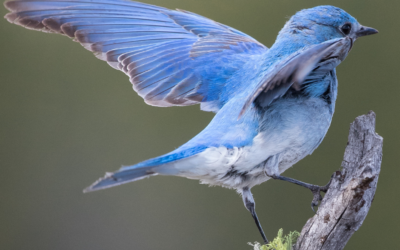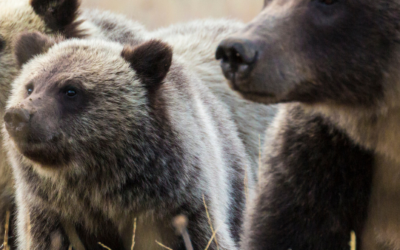By the JHWF Staff As wildlife conservation professionals, we remind ourselves to celebrate the successes. Sometimes we get so wrapped into understanding and mitigating the challenges facing wildlife that we feel frustrated. In these moments, it is sometimes in our...
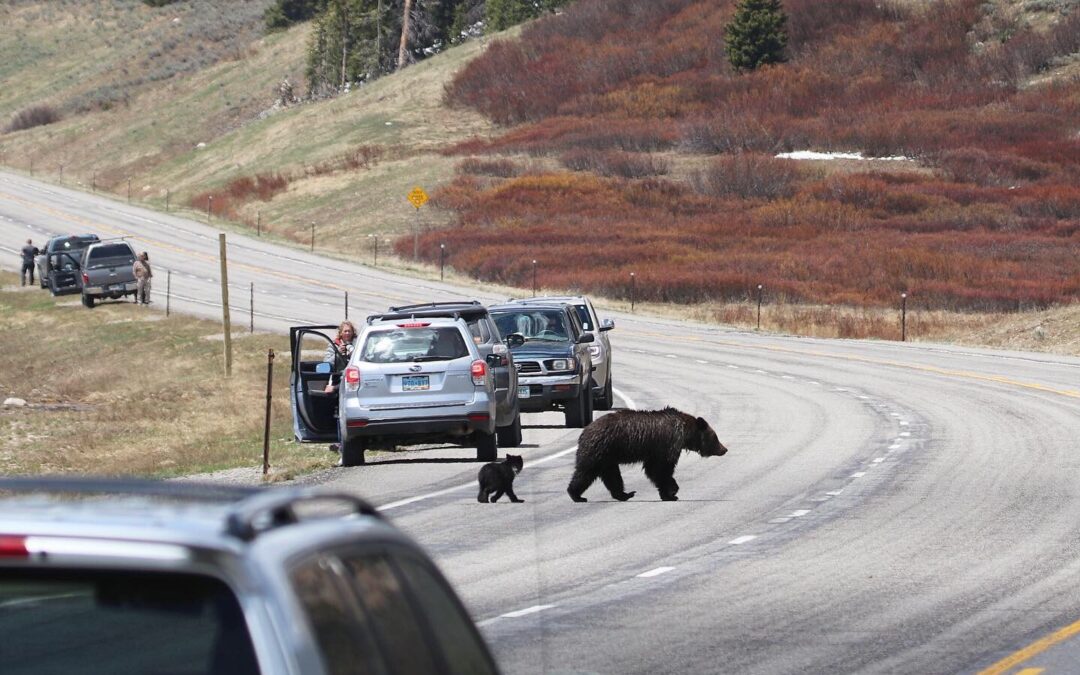
Help Keep Bears Wild and People Safe on Togwotee Pass


Interagency Media Release

For Immediate Release
April 25, 2025
Agencies Call Upon the Public to Help Keep Bears Wild and People Safe on Togwotee Pass
Follow Ethical Wildlife Viewing and Photography Practices and Direction of Officials
MORAN, WY —
—In recent weeks, significant bear jams and poor wildlife viewing ethics have been observed along Togwotee Pass. U.S. Fish and Wildlife Service, Wyoming Game and Fish Department, and U.S. Forest Service staff are patrolling the area daily to minimize traffic jams and prioritize public safety. As a reminder: stopping, parking, or standing on or along the road is illegal and poses significant risks to other motorists and grizzly bears, whose behavior can be unpredictable, particularly with offspring. Bear Wise Jackson Hole, which includes Bridger-Teton National Forest, U.S. Fish and Wildlife Service, Wyoming Game and Fish Department, Grand Teton National Park, Jackson Hole Wildlife Foundation, Teton County, and the Town of Jackson, asks that everyone be responsible stewards of wildlife. Please do not contribute to roadside bears becoming exceedingly habituated to human presence. This could result in a bear being needlessly injured or killed, as many other bears have. A photograph is not worth risking a human’s or a bear’s life.
Keep yourself and bears safe and adhere to ethical wildlife viewing and photography practices:
· Never approach bears. Stay in your vehicle and always maintain a distance of at least 100 yards from bears and wolves, and 25 yards from all other wildlife.
· Do not stop your vehicle in the Togwotee Pass area, unless in designated, paved pull outs. This supports ongoing safety efforts.
· Do not feed or make food accessible to wildlife.
· Respect all signs, laws, and regulations – including no stopping, standing, or parking on or along the highway per Wyoming Title 31 (31-5-504(a)/(i)/(J), 31-5-102(a)(vii), 31-1-101(a)(viii), and 31-5-102(a)(xl)).
· Cooperate and follow direction from law enforcement and wildlife officials.
· Slow down and be vigilant while driving. Wildlife have been killed along Togwotee Pass due to collisions with vehicles.
“Traffic jams along Togwotee Pass can cause significant public safety issues,” said Blackrock District Ranger Jason Wilmot. “Bear Wise Jackson Hole and our interagency partners are calling upon the public, photographers, and wildlife tour groups to lead by example. Please follow direction of staff in the area; never stop your vehicle in or along the road, except in designated, paved areas; and observe all ethical wildlife viewing and photography practices to help us keep bears wild and people safe.”
While partner agencies acknowledge the awe of seeing a grizzly bear, adhering to ethical wildlife viewing and photography guidelines while obeying traffic laws is crucial to maintain the wildness of bears and ensure human safety. Approaching, encircling, or blocking a bear’s path impedes its ability to move freely across the landscape and creates opportunities for dangerous conflicts. These behaviors also overly habituate bears to human presence and road traffic, further escalating the risk of a vehicle strike, a human-bear conflict, and a dangerous encounter.
Wildlife managers have invested significant time and resources to prevent conflicts and keep bears away from roadside habitats. Prior efforts have included intensive hazing, using trained Karelian bear dogs, various forms of signage, and staff monitoring the highway from dawn to dusk. Managing people stopping in the Togwotee Pass area remains a significant challenge for wildlife managers and law enforcement agencies. Continued unethical viewing practices or conflicts may require further management actions. Visit bearwisejh.org to learn more about how to help keep bears wild and people safe.
About the Forest Service: The USDA Forest Service has for more than 100 years brought people and communities together to answer the call of conservation. Grounded in world-class science and technology–and rooted in communities–the Forest Service connects people to nature and to each other. The Forest Service cares for shared natural resources in ways that promote lasting economic, ecological, and social vitality. The agency manages 193 million acres of public land, provides assistance to state and private landowners, maintains the largest wildland fire and forestry research organizations in the world. The Forest Service also has either a direct or indirect role in stewardship of about 900 million forested acres within the U.S., of which over 130 million acres are urban forests where most Americans live.
–END–

